If you think homeschooling is girls in braids and Sunday dresses and boys wearing white buttoned-up shirts tucked into their belted pants, you haven’t met the 21st-century homeschoolers. There really is no “picture perfect” family of homeschoolers, just like there is no one way – and no wrong way – of homeschooling.
In case you’re new to homeschooling, maybe you aren’t aware of the many different ways of homeschooling, which most homeschoolers call methods. The method you choose will influence which curriculum you choose for your children. Methods also tend to keep your mindset, homeschool mama, with your overall homeschool vision. Your teaching style also affects the method and vice versa; your method may affect your teaching style.
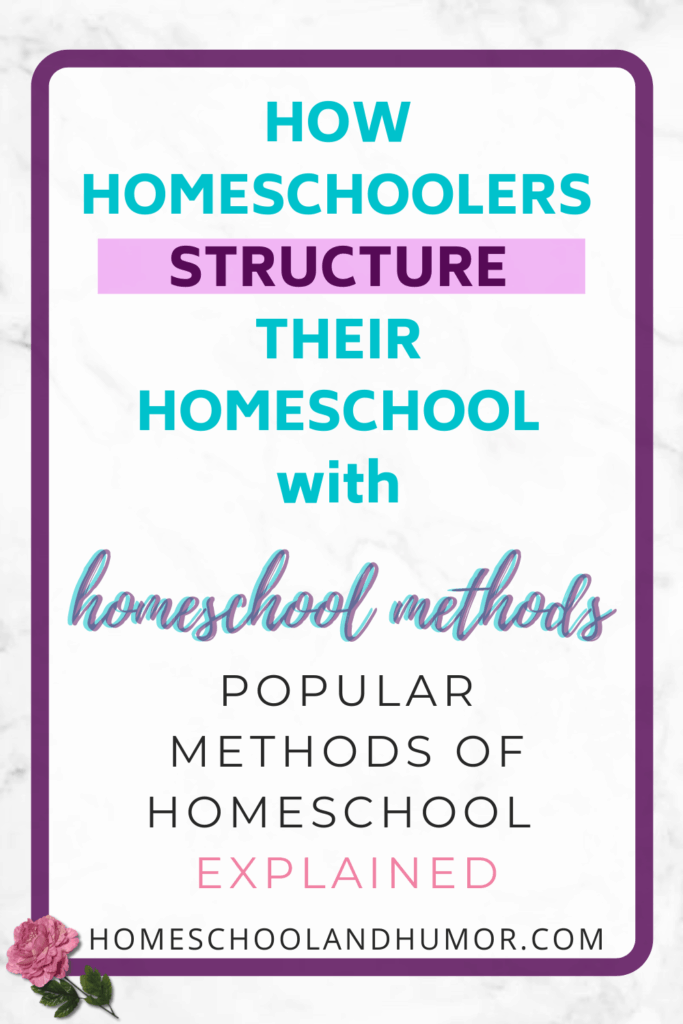
Disclosure: You may find affiliate links throughout this post for your convenience. Read our disclosure policy here.
Quick Navigation
What Are Homeschool Methods?
When I first started homeschooling, I wasn’t aware of methods either. In fact, I didn’t know how to go about my homeschool days other than mirroring what I experienced through public school. However, the more I read and researched about homeschooling, the more I learned about its flexibility. One of the amazing things I learned was that homeschoolers usually assign themselves to specific homeschool methods, and some of them even mix them up.
The overall purpose of homeschool methods is a way to ensure your homeschool goals align with your family’s homeschool vision and your personal beliefs, or preferences. Each method is a personal preference in homeschooling, so none of them are right or wrong. It all depends on your family’s needs, your current situation, your teaching style as well as your children’s learning styles, and even the season that your family or your homeschool is in at that present time.
Methods are a way or organizing different structures of homeschooling. Just like there’s more than one way to skin a … cat? Deer? [fill in the blank], there’s also more than one way to homeschool. Think about a large corporation with its many departments. You have the marketing department, the accounting department, the PR department, the administrative department, and so on. None of those departments run exactly the same, however, they each of commonalities. Each one of them has a manager or a director, assistants, employees, filing cabinets, telephones, desks and computers, and so on. But at the end of the day, the job is done.
That’s how homeschooling methods are. Even though each one differs in their overall structure, the end result is still the same: your children learning. Each approach to homeschooling may be different, but the initiative is the same, the organization of homeschool supplies and notebooks are still the same, you have children to teach, and a mom or dad to lead.
Your values are the “departmental bonuses” to homeschool. All families believe differently. Some of Christians, some of muslims, some are agonistic, and so on. Some moms are horrible at organization and schedules, while other mom are Type A personalities attempting perfection every time. But it is your family values that you bring into your homeschool that sets your homeschool apart from everyone else’s. That is why not one homeschool lifestyle is the same. We all insert what is important to us into our homeschool and thereby pass it on to our children.
Now that you understand what homeschool methods are, you should meet some of them! Although there are a handful of methods, I’m going to highlight the most influential and popular homeschooling methods for you.
Organize your homeschool day with these Daily Homeschool Schedule Templates!
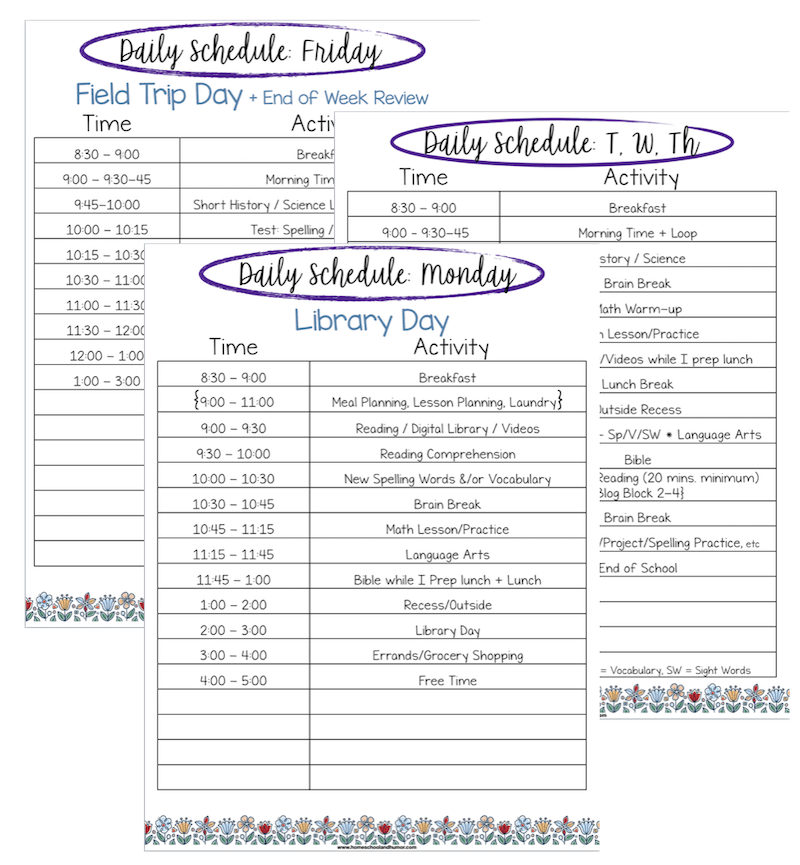
Charlotte Mason Homeschool
When I first started, I did not know that homeschool methods even existed, let alone who Charlotte Mason is! Charlotte Mason is known as the founder of the homeschooling movement back in the early 1900s. Back when homeschooling was almost taboo and hardly no one was even doing it. As a homeschooler herself, she was passionate in her zeal to lay out the foundation for an effective and complete homeschooling program. She wanted the program to be fun and educational and at the same time ensure that the children were retaining their information, calling for an effective teaching style.
The Charlotte Mason Method
The Charlotte Mason method focuses on all of the core subjects (math, language arts, history, science) with an emphasis place on classical literature, poetry, fine arts, classical music, and arts and crafts. Mason used a variety of books from classical literature, which she called Living Books, or living literature. Since this method encourages a passionate awareness of literature, the child reads from the living book daily. After this, the child is asked to narrate what he or she has read. Or if they are still young children, the mom will read from these living books and then ask the child to narrate back to mom about what happened. This process begins at the age of 6, and by 10 years old the child is expected to write his or her narrations in her notebook.
Let children alone… the education of habit is successful in so far as it enables the mother to let her children alone, not teasing them with perpetual commands and directions – a running fire of Do and Don’t; but letting them go their own way and grow, having first secured that they will go the right way and grow to fruitful purpose.
~ Charlotte Mason
Mason also advocates nature study and the use of Nature Diaries, or nature journals. After each short and interesting lesson, the child is asked to go nature walking and draw observations from nature. There are many different activities the child can do with their nature study, and it is encouraged that mom participates as well. By doing this, the child gains a sense of respect for the environment and the natural world around them.
About Charlotte Mason Homeschool
Mason believed that the development of good character and moral behavior was essential to the complete development of the child’s personality and overall well-being. She instructs lessons to be no longer than 10-15 minutes each, especially for younger children, because of their attention span at that age. Anything longer will jumble into the child’s mind and the child won’t hold on to what he or she learned as well as she could have had she had a short lesson.
Charlotte Mason, in summary, does it this way:
- The plentiful use of narrative literature
- Time spent outdoors exploring and learning
- The development of an appreciation for art, music, and nature
- Journalling, narration, dictation, and copywork
You may find yourself enjoying the Charlotte Mason method because of the benefits that goes with it. With the Charlotte Mason method your children are engaged with their learning and have short and management lessons. The method instills a love for literature through the use of living books and it reinforces spelling and grammar concepts through dictation exercises. Just as the method exposes children to fine arts and music, it also instills a love for literature through the use of living books. And it infuses a child’s life with an appreciation of nature and the natural world around them.
Charlotte believed that the development of good habits within a child provides the foundation for early education. She wrote, “The mother who takes pains to endow her children with good habits secures for herself smooth and easy days.” This is why she advised delaying formal academics until age 6, encouraging play and work within the soft boundaries of the family unit.
Filthy books that do not uphold morality is admonished. Anything that “invites twaddle” is discouraged. You can find several books on Amazon that helps homeschoolers learn about and apply the Charlotte Mason method. Some of my favorites include Habits: The Mother’s Secrets to Success Vol 1, When Children Love to Learn: A Practical Application of Charlotte Mason’s Philosophy for Today, and The Outdoor Life of Children: The Importance of Nature Study and Outside Activities (Charlotte Mason Topics) (Volume 2).
How to use the Charlotte Mason method in your homeschool can be found here.
7 Characteristics of the Charlotte Mason method.
Eager to pursue the Charlotte Mason method? Start here at myjoyfilledmom.com.
The Eclectic Homeschooling
First, let me start by saying that we are eclectic homeschoolers (with an emphasis on Charlotte Mason). What does this mean? Well, it means that we use a mixture of various homeschooling techniques, a little bit from everything, to create our own customized, unique homeschool setting. And although we are eclectic, we tend to swerve towards many of the Charlotte Mason ideals.
Eclectic Method
Here, innovative parents trust their own judgment and pick out the topics that make the best curriculum for their child and what fits the needs of their family. Such parents continuously lookout for the best products that will meet these needs, although it’s cool if you find a treasured product or curriculum and stick with that curriculum indefinitely. Or until it outgrows your current homeschool season or situation.
Most eclectic homeschooling curriculums are improvised, which means mom can take the curriculum and change it up to accommodate the individual needs and interests of the children. The child’s gifts, temperament, learning style, and interests dictate the curriculum. For instance, if your child a primary kinesthetic learner, which means he learns best with hands-on projects anc activities, then you can find a curriculum that serves the purpose of hands-on activities.
There are several hands-on curriculum, too. Math can be hands-on via their math manipulatives, history can be hands-on with their various history projects and timelines, science can be hands-on with science projects and experiments, and even language arts can be hands-on with games and creative activities.
About Eclectic Homeschool
Eclectic homeschoolers tend to include field trip visits into their weekly, or biweekly, or monthly, routine. They visit museums, libraries, factories, aquariums, science centers, and more. Usually what the children are learning about is how the mom will fit the field trip in. For example, say my children are learning about astrology, space, and the planets. We could set up a field trip for a Friday afternoon or Saturday and visit a planeterium or space center.
The reason why I opt for an eclectic homeschool is that I genuinely like several aspects of almost all of the homeschool methods. But the main reason why I like eclectic is that I can create our own homeschool curriculum to fit our family’s needs during that season in life. I do this with the current curriculum by using what I like and scrapping what I don’t like, and I do this by creating my own. I find resources that fit certain areas and then I find wonderful curricula that are perfect for us. Again, perfect for that point in time.
And when my children change, as they’re known to do, and when I change, we will customize it and tweak it again to fit what’s right.
More information on Eclectic Homeschooling can be found here.
Here is 101 reasons why eclectic homeschoolers work for gifted kids by raisinglifelonglearners.com.
Developing your own curriculum can be fun! Here’s an Ultimate Guide to Eclectic Homeschooling by fearlesshomeschool.com.
Many moms opt to create their own unit studies. It is a way to focus in-depth on a topic (and at the same time it can cover all the basic core subjects or just focus on one subject). Learn more about how to create your own unit study by reading The Beginner’s Guide: How to Create Your Own Unit Study in 10 Easy-to-Understand Steps by me (homeschoolandhumor.com)!
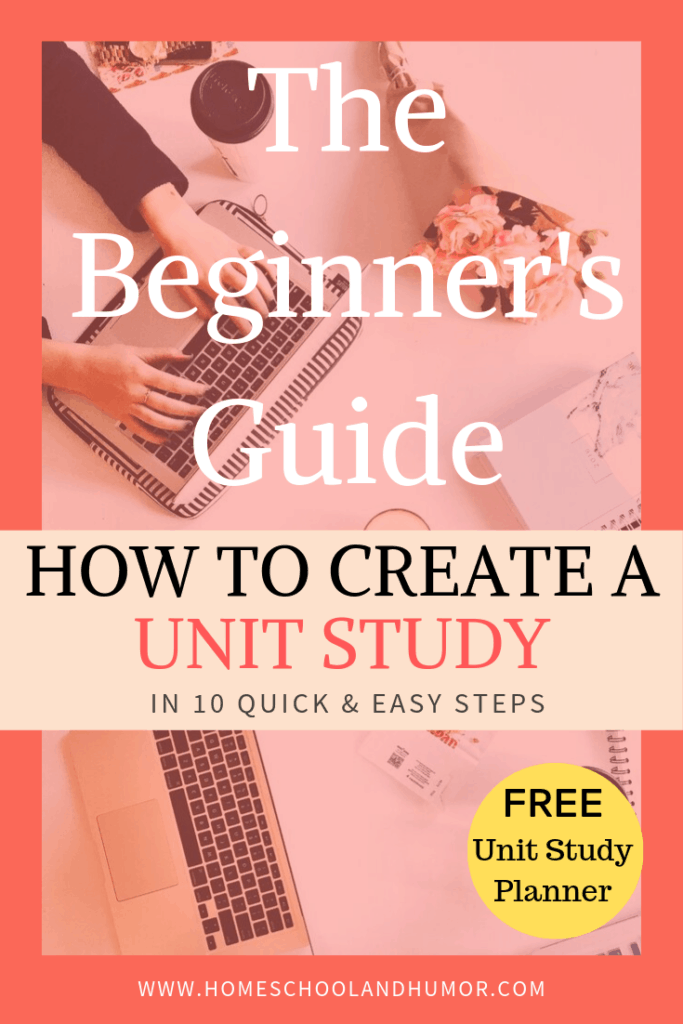
Unschooling Homeschool
A Boston public educator name John Holt laid the beginning foundation of the unschooling method. He believed children learn best when they are free to learn at their own pace and when they are guided by their own interests.
His message was to ‘unschool’ the child.
Unschooling Method
This method is a hands-on appracoh to learning, where the parent takes definite cues from the child. There is no set curriculum, schedule, or materials. This method is the most unstructured of the various homeschooling methods and techniques.
With that said, many veteran homeschool moms often encourage new homeschoolers to unschool your child after withdrawing from public school. Some parents deschool their child altogether, allowing no school for the child in order for him to acclimate to his new lifestyle.
When a parent deschool is up to the parent, however, some suggested time is between 1 month to 3 months. But if your child needs more time to get established with his new routine, take off 6 months or even a whole year!
Now deschooling is not the same as unschooling, but I mentioned it because parents use both of them intermittently. For instance, you can decide to deschool your child and at the same time discover what his or her interests are. Maybe your child doesn’t know yet, and that’s ok! This is the perfect time to discover that!
When you unschool your child you create the schedule and “curriculum” dependent upon your child’s interests. And usually that schedule and “curriculum” is temporary, lasting only as long as the interest. So for example, if your child
in rocks, you can create all sorts of rock activities that hit all of the core subjects. If Minecraft is a go-to in your household, create or find resources that is everything Minecraft-related.
I put “curriculum” in quotes because I say that loosely. Unschoolers are very loose on curriculum with not a specific curriculum set in stone.

About Unschooling Homeschool
Just know that is can be difficult to measure your child’s education success via unschooling. However, there are several families that elect to unschool their children and I’m sure they have fantastic ways to go about all the areas of concern.
Many families will say that unschooling isn’t a method at all, it is a way of life. And that is true with all homeschoolers, usually. Even I believe that homeschooling is a time of day or go about certain methods. I believe that homeschooling is a way of life as well, a lifestyle that you incorporate into your everyday. Every time of day is an opportunity for learning!
I am no expert in this field, but I do discuss interests with my children. When I find out what their interests are, I try to plug in those interests within our curriculum somehow.
For more on unschooling, you may want to visit The Natural Child Project, where she believes that parents and children will find the paths that work best for them.
Still interested? Here is the Beginner’s Guide to Unschooling.
Interested in how unschoolers turn out? Go here.
The Montessori Method
This method began in Italy when it was observed that children have acute sensitive periods during which they undergo periods of intense concentration. During such phases, a child will repeat an activity until he gains a measure of self-satisfaction. Dr. Maria Montessi established this method back in the early 1900s.
The Montessori Method depends on a prepared environment to facilitate and carry out the teaching. The design for the use of materials is to satisfy the inner desire for the spiritual development of the child. The material progresses from simple to complex and can be rather expensive.
Montessori Homeschool
This method is based on self-directed activities, hands-on learning, and collaborative play. Children are encouraged to be the directors of their own learning. Some groups of Montessori homeschoolers may get together, like a homeschool co-op group. Additionally, there are also Montessori schools all over the United States that you can even admit your child in.
I subscribe to a number of Montessori mamas and they are no different than you and I. They believe in doing what is best for the child. They take a lot of time in preparing activities for their children and ensure that their development hits all milestones.
Even with the materials being costly, there are still a number of Montessori packages that are available that aren’t so expensive. You can even find freebie Montessori activities online!
About Montessori Homeschool
I actually really like the Montessori method since they often have fabulous ideas for hands-on activities. A lot of their activities are super creative too! I pick and choose what I like and apply that to my overall homeschooling, making sure that our own homeschool vision is at the forefront of my mind.
Montessori may sound similar to unschooling but there are actually big differences between the two. First, Montessori is a program of structure, while unschooling is very unstructured and can change directions from day-to-day. Unschooling can do anything or nothing particular, while Montessori ensures hands-on activities are present every day. Unschool activities are usually a mix of anything and everything, whatever the child’s interests are, and is as simple as can be or as complex as you want to make it.
A few of my favorite Montessori mamas (and they have freebie resources too!):
Teach Beside Me
Natural Beach Living
My Montessori Hub
Plenty of Trays
Life Abundantly
Here is a curated list of a few Montessori blogs by sandwichmontessori.org.
Some free Montessori resources I mentioned you can grab online from livingmontessorinow.com
You can find the pros and cons of the Montessori Method here.
Here is the National Center of the Montessori Method in the Public School Sector.
Homeschool Methods
Wrapping up, know that there a few more other methods of homeschooling I haven’t mentioned that could have mentioned, but these few that I did mention are the most common and most popular. Whatever the method, the bottom line is flexibility in your homeschool as well as a keen interest in the desires of your child.
The secret to homeschooling is to use the children’s love of learning and desire for knowledge to further their education! You got it, mama! I am so proud of you already.
Comment below if you want to add anything to this list or add to the details of the methods.
What to do next? Go to this post: The Longterm Benefits of Homeschooling
How do you homeschool your children? Comment below!
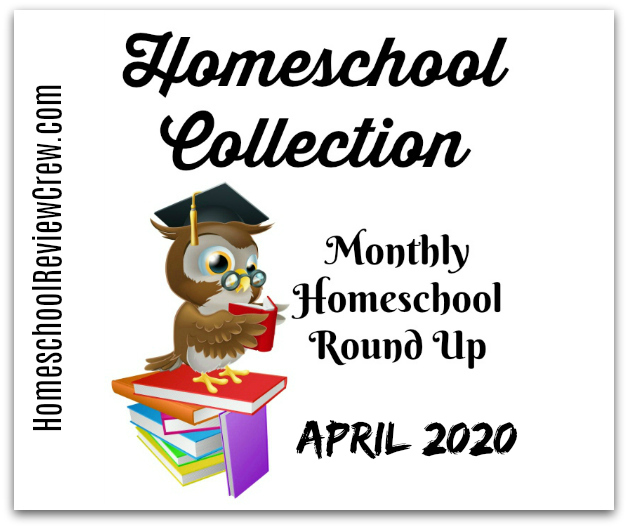
- 111 Best All-Time Middle School Movies List (In Categories!) - April 26, 2024
- Top 16 Indoor Games for Teens That Won’t Turn Your House into a War Zone - January 29, 2024
- Free Crafty Printable Christmas Countdown Calendars For Kids - December 17, 2023

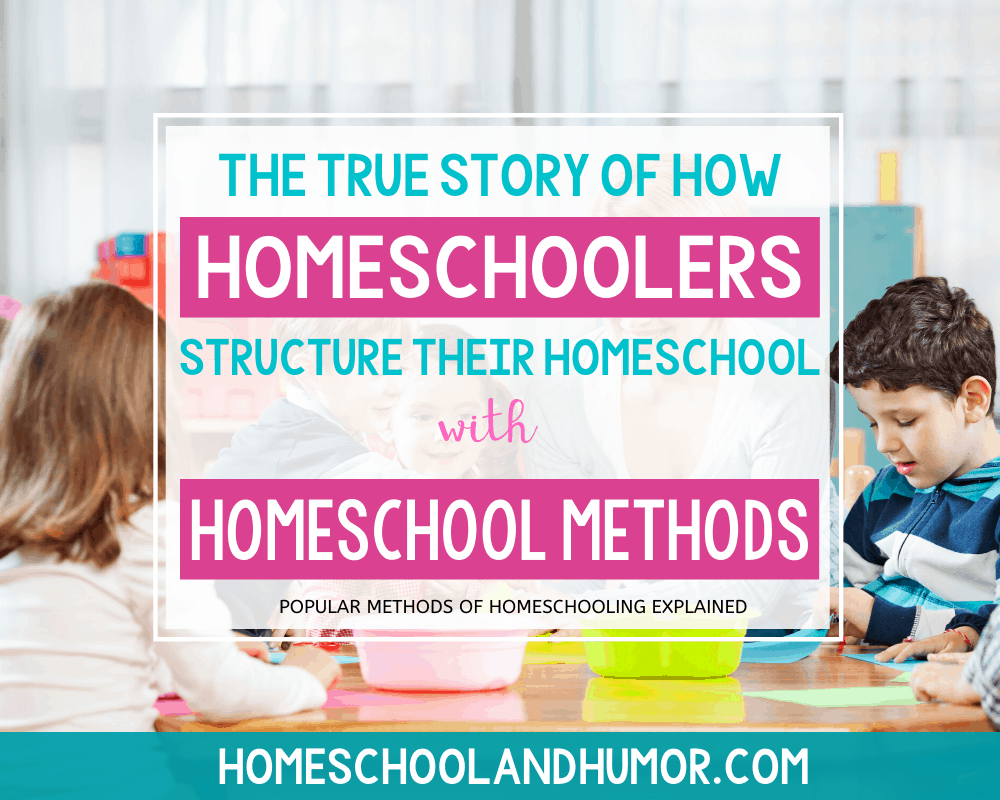


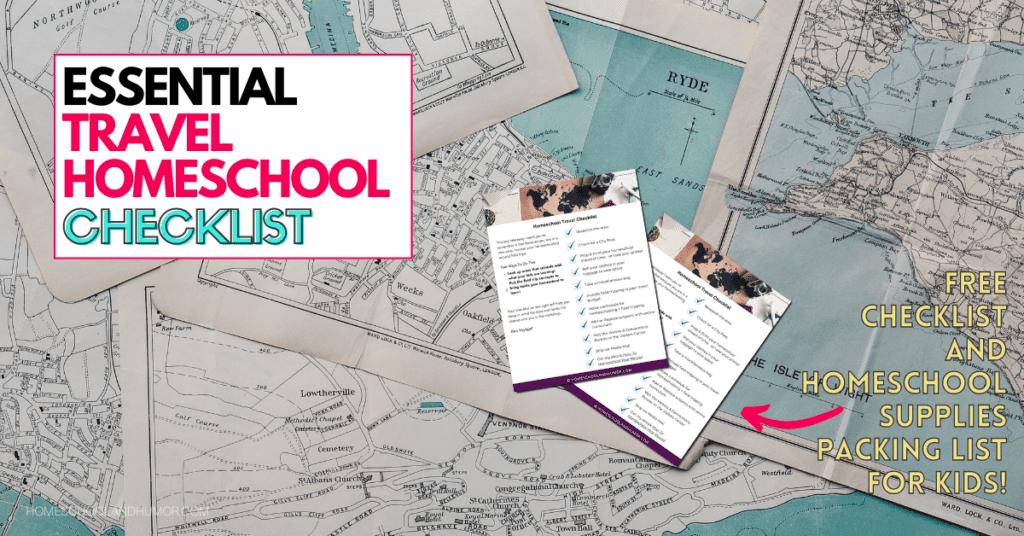



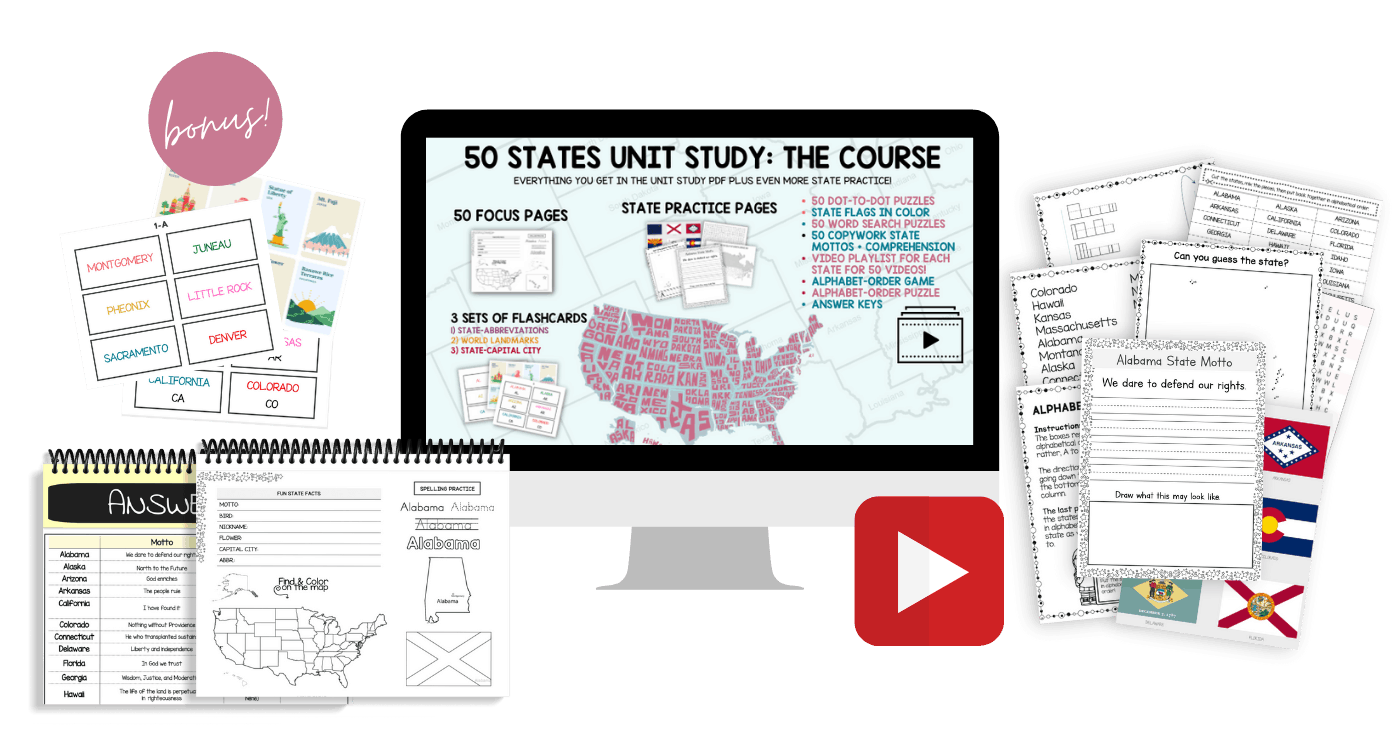

Pingback: Homeschool Laws By State: What They Are and How To Meet The Requirements » Homeschool and Humor
Pingback: If Your Kids are Struggling with Virtual Learning—Is Homeschooling a Viable Alternative? - Women Prepare to Thrive | Women Prepare to Thrive
Pingback: How To Add A Library Day In Your Weekly Homeschool Schedule - Homeschool Review Crew